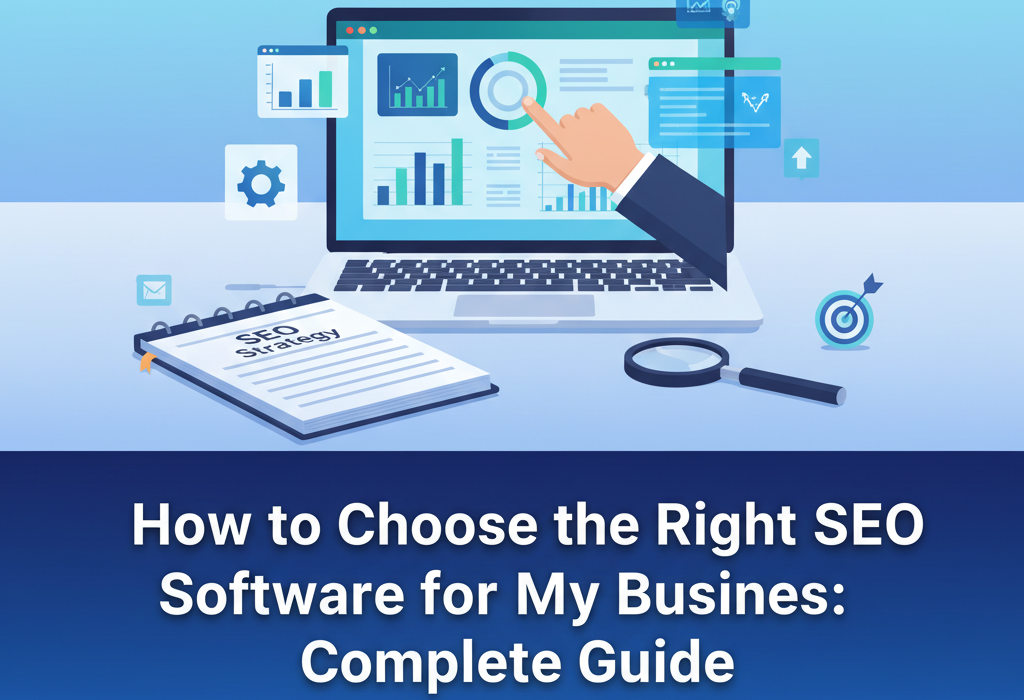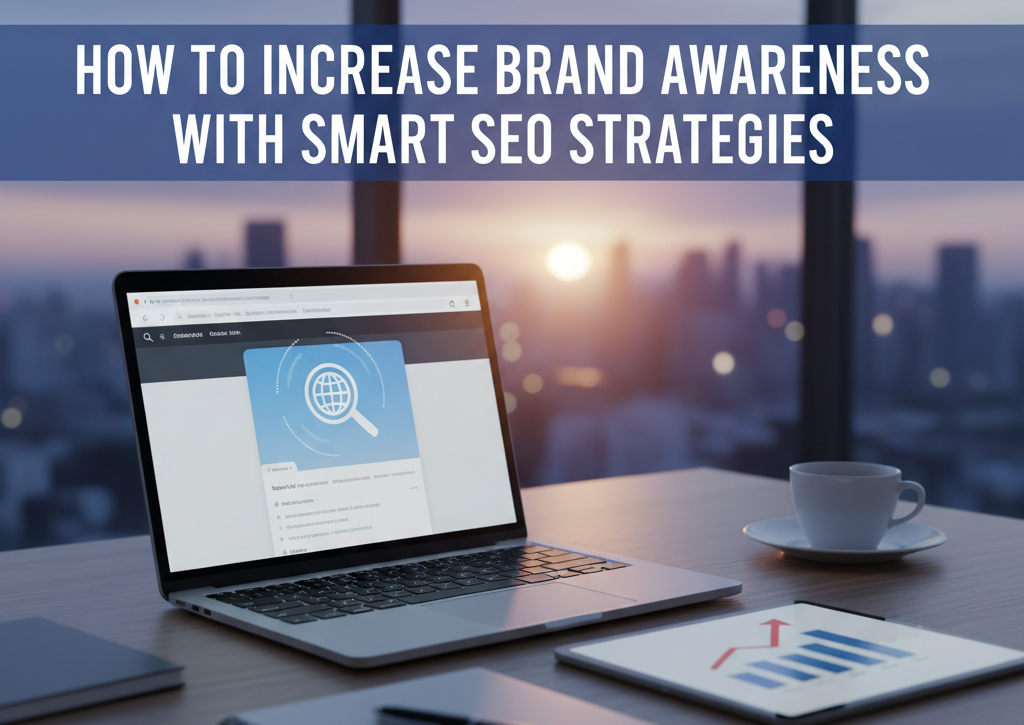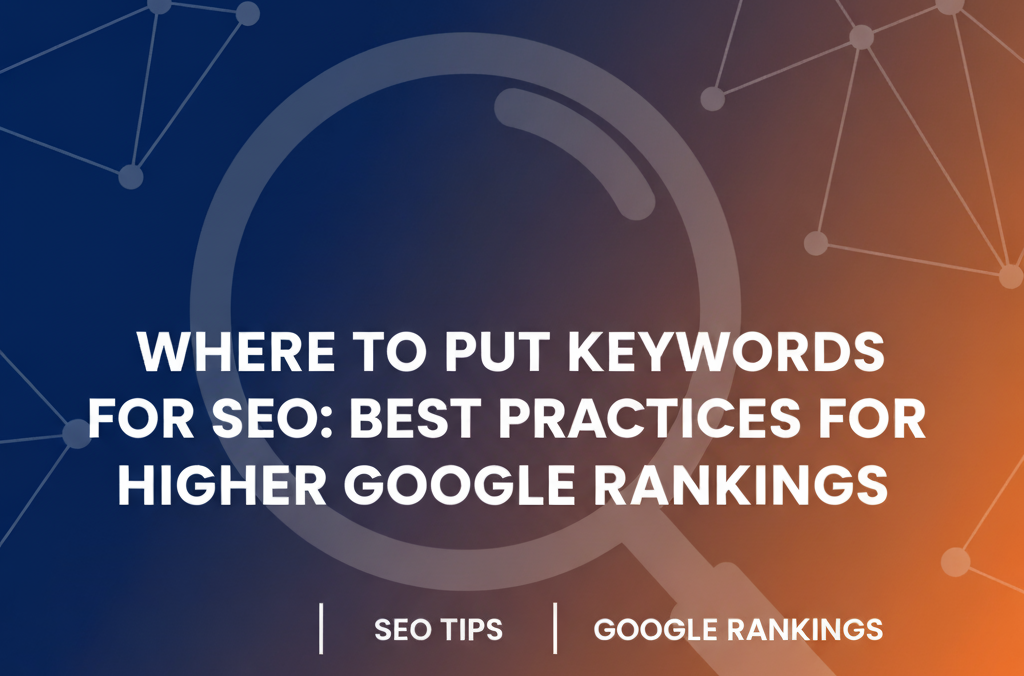When optimizing a website for search engines, internal linking plays a critical role in shaping site architecture, distributing link equity, and enhancing crawlability. But how many internal links per page are ideal for SEO? This question is not only common among SEO professionals but also crucial for building E-E-A-T-friendly and semantically rich websites.
In this guide, we’ll explore the ideal number of internal links per page, the impact of semantic SEO, and how to align your strategy with Google’s E-E-A-T principles.
Table of Contents
ToggleWhat Are Internal Links?
Internal links are hyperlinks that connect one page on your website to another page on the same domain. They help:
Distribute PageRank (link equity)
Improve crawl efficiency for search engine bots
Guide users through relevant content
Establish topical authority by clustering related pages
Ideal Number of Internal Links Per Page
There’s no official maximum, but best practices suggest keeping internal links:
Between 5–30 per page for typical content pages
Up to 100 total links (including navigation, footer, etc.) to avoid diluting PageRank
Focused on user intent and topical relevance
Google’s John Mueller has stated that there is no hard limit on the number of internal links per page, but quality and relevance matter more than quantity.
💡 Tip:
For long-form content (1,500+ words), you can comfortably include 20–40 internal links, as long as they serve a purpose.
🔍 Why Semantic SEO Matters for Internal Linking
Semantic SEO is about optimizing content around search intent, topic relevance, and entity relationships—not just keywords.
Here’s how to use internal links as part of a semantic SEO strategy:
1. Topical Clustering
Group related content into content clusters. Each topic cluster should link to a pillar page, reinforcing topical authority and semantic relevance.
Example:
If you have a pillar page on “SEO Best Practices,” internally link it from cluster articles like:
On-Page SEO Checklist
Keyword Research for Beginners
How to Use Schema Markup
2. Anchor Text Optimization
Use descriptive and semantically relevant anchor text:
✅ Good: “Learn how Google crawls your site efficiently”
❌ Bad: “Click here”
3. Entity-Based Linking
Link pages that mention similar entities, concepts, or themes—not just keyword matches.
🛡️ Internal Linking and Google’s E-E-A-T
Google’s E-E-A-T stands for:
Experience
Expertise
Authoritativeness
Trustworthiness
Internal linking directly supports E-E-A-T in the following ways:
✅ Experience:
Linking to related real-world insights, case studies, and tutorials increases user trust and shows hands-on experience.
✅ Expertise:
Connect articles written by industry professionals or subject matter experts. Use bio pages with schema markup to reinforce author expertise.
✅ Authoritativeness:
A strong internal linking structure with pillar pages signals to Google which pages are authoritative on a given topic.
✅ Trustworthiness:
Link to your privacy policy, contact page, refund policy, about us page, and source content to improve credibility.
Best Practices for Internal Linking in 2025
Audit Your Site Regularly
Use tools like Screaming Frog, Ahrefs, or Sitebulb to identify:
Orphan pages (no internal links)
Broken internal links
Over-optimized anchor texts
Limit Footer & Sidebar Overload
Avoid excessive links in footers or sidebars—Google may treat them as less valuable.Use Breadcrumb Navigation
Helps with user experience and passes contextual link equity.Use Structured Data (Schema.org)
Schema for siteNavigationElement, WebPage, and BreadcrumbList enhances understanding of link structure.Avoid Link Cannibalization
Don’t link excessively to competing pages with the same anchor text.
⚙️ Tools to Improve Internal Linking
LinkWhisper – AI-powered internal link suggestions
Yoast SEO / Rank Math – Suggest related posts for linking
Screaming Frog SEO Spider – Identify missing and broken links
Google Search Console – Inspect internal link reports
Final Verdict: How Many Internal Links Should You Use?
There is no exact number that fits every page. However:
| Page Type | Ideal Internal Links |
|---|---|
| Blog Posts (800–1,500 words) | 5–15 |
| Long-form Content (1,500–3,000+ words) | 15–40 |
| Landing Pages | 3–10 |
| Homepage | 10–30 |
What matters most is that your internal links:
Serve user intent
Reinforce topical relationships
Help search engines understand your site architecture
Conclusion
Internal links are more than navigational tools—they are a cornerstone of modern semantic SEO and E-E-A-T optimization. Don’t chase a number. Instead, build a content ecosystem where every internal link adds context, value, and trust—both for users and search engines.






